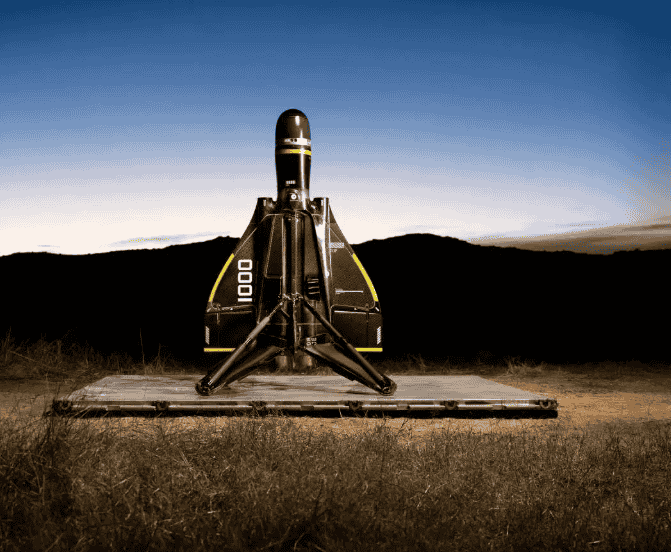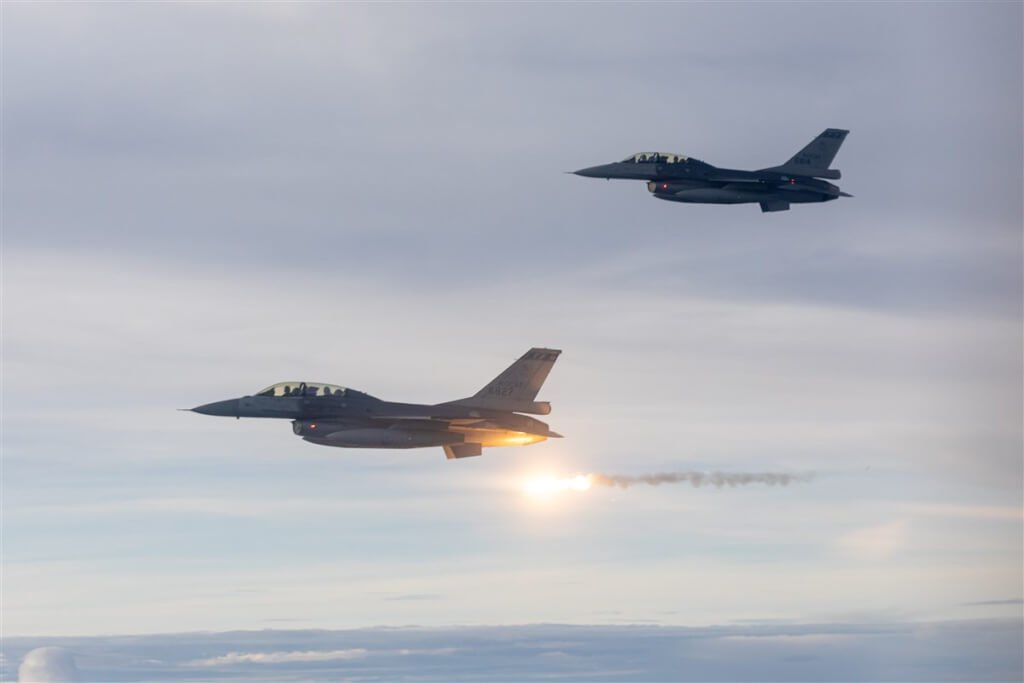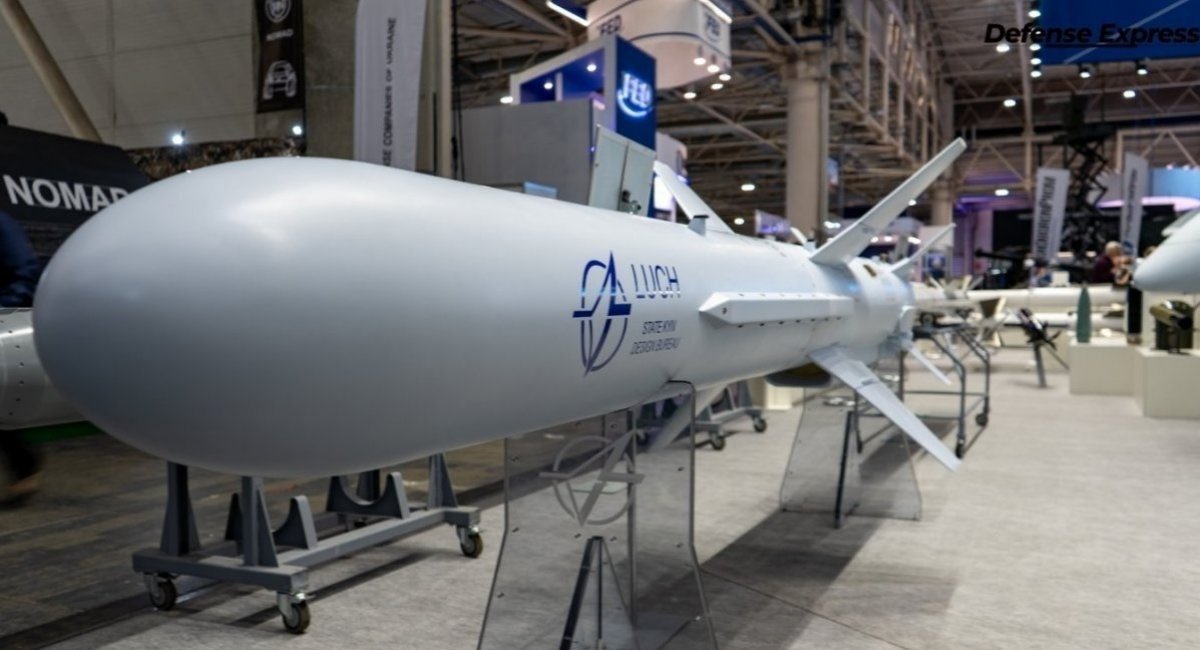China is making bold moves to dominate the radar and missile defense space, signaling a serious challenge to India’s strategic edge in the region.
In early April, the Gobi Desert echoed with the roar of 16 ballistic missiles launched by the People’s Liberation Army (PLA) in a dramatic demonstration of China’s missile defense capabilities.
The target? A Single, High-Value Point
The goal? To test a radar system capable of identifying and prioritizing real threats amid a swarm of decoys—a capability central to countering hypersonic glide vehicles and Multiple Independently-targetable Reentry Vehicles (MIRVs).
According to PLA engineer Zhang Zhenbiao, the system can distinguish real warheads from decoys, even amid complex mid-flight countermeasures such as jamming or submunition dispersal. In the test, it tracked 31 decoys and simultaneously prioritized seven high-value targets—a clear leap in China’s anti-missile tech.
The sheer scale and cost of the exercise highlight China’s willingness to invest heavily in advanced military technology.
But this isn’t an isolated move by China—it’s part of a larger, accelerating radar expansion effort.
Yunnan’s Eye In The Sky: A 5,000-Km Watchtower
Just weeks before the Gobi test, satellite imagery and defense reports confirmed the deployment of a massive Large Phased Array Radar (LPAR) in Yunnan province, barely 2,200 km from India’s eastern coastline.
The radar’s reach extends over 5,000 km, well within range to track missile activity from India’s most sensitive site: Dr. APJ Abdul Kalam Island.

This isn’t just about early detection; it’s about real-time intelligence gathering, trajectory tracking, and telemetry interception. Operated by the PLA Aerospace Force, this LPAR gives Beijing unprecedented visibility into Indian missile activities.
This radar can potentially monitor missile launches from India’s Dr. APJ Abdul Kalam Island and track movements deep into the Indian Ocean.
More importantly, it signals a strategic shift in China’s regional military doctrine—one focused on constant watchfulness and layered deterrence.
It’s clear: China is knitting together a surveillance net that spans not only its borders but reaches deep into the Indian Ocean.
India’s Island Launchpad
Located off the Odisha coast in the Bay of Bengal, Dr. APJ Abdul Kalam Island (formerly Wheeler Island) is one of India’s most vital strategic assets. Since its first test launch in 1989, the island has been the launchpad for missiles that define India’s deterrence posture—Agni-V, K-4, BrahMos, and even the nation’s anti-satellite (ASAT) weapons.
Chosen for its isolated location and over-sea testing range, the island hosts the Integrated Test Range (ITR), radar tracking stations, and advanced meteorological support systems. Launch Complex-IV (LC-IV) is based here, while LC-III sits in Chandipur, 70 km away. Together, they form the core of India’s missile testing infrastructure.
In 2015, the island was renamed to honor Dr. Kalam, the architect of India’s missile program, who saw it as his “Theatre of Action.” Today, that very theatre is under close observation from China’s expanding high-tech radar web.
LPAR: China’s Radar Revolution
What makes the Yunnan LPAR formidable is its design. Unlike older radar systems that rotate mechanically, LPARs use electronically steered antennas. This allows for near-instant scanning of large areas, making them capable of tracking multiple fast-moving objects, including ballistic missiles and satellites, with remarkable precision.
The Yunnan-based system is reportedly under the command of Base 37, a specialized PLA Aerospace Force unit focused on space situational awareness (SSA). From tracking orbital debris to monitoring foreign launches, Base 37 acts as China’s celestial sentry, observing not just the skies but also strategic shifts on Earth.
What’s more, this isn’t China’s first radar aimed at India. The Yunnan installation now complements existing LPAR systems in Korla and Xinjiang, which already keep a close eye on northern and northeastern India.
In short, China is quietly building a 360-degree surveillance ring around India, turning its high-tech radar systems into invisible sentinels that monitor not just the skies but also the balance of power in the region.
Surveillance Or Signal?
This isn’t just a technological advancement—it’s a strategic posture. With its latest LPAR system active in Yunnan, China has significantly raised the stakes in the regional power equation. It now has the capability to not only detect and track India’s missile launches but potentially interfere with them via electronic warfare (EW) capabilities embedded in these radars.
Experts warn that LPARs can disrupt GPS signals, radio communications, and aviation navigation systems, making them not just eyes, but potential saboteurs in the event of conflict.
India’s Radar Game: Time To Upgrade
India is not taking these developments lightly. The Ministry of Defense has recently signed a Rs 2,906 crore deal with Bharat Electronics Ltd (BEL) to acquire 18 indigenous ‘Ashwini’ Low-Level Transportable Radars (LLTRs), equipped with Active Electronically Scanned Array (AESA) technology. These systems are designed to detect everything from fast jets to drones and helicopters, significantly boosting the Indian Air Force’s tactical radar coverage.
India’s long-range Swordfish radar, part of its Ballistic Missile Defense (BMD) program, is also due for upgrades to keep up with China’s evolving capabilities. Additionally, the IAF is exploring the deployment of specialized mountain radars to keep watch over the heavily militarized Line of Actual Control (LAC), where China has ramped up its air defense infrastructure since the 2020 Ladakh standoff.
The Skies Are The New Battlefield
As China weaves a high-tech web of radar coverage around India, it’s clear that the nature of warfare is evolving. The frontlines are no longer just on land or sea—they’re in the skies and across electromagnetic spectrums.
For India, maintaining a credible deterrent means more than developing advanced missiles—it means ensuring those missiles can be tested, launched, and deployed without being constantly watched or electronically disrupted.
The “Theatre of Action” that Dr. Kalam once envisioned must now be protected with stronger curtains—ones woven from next-generation stealth, mobility, and electronic resilience.
Because in this new age of surveillance supremacy, it’s not just about who can strike but who can strike unseen.
- Shubhangi Palve is a defense and aerospace journalist. Before joining the EurAsian Times, she worked for ET Prime. She has over 15 years of extensive experience in the media industry, spanning print, electronic, and online domains.
- VIEWS PERSONAL OF THE AUTHOR
- Contact the author at shubhapalve (at) gmail.com







